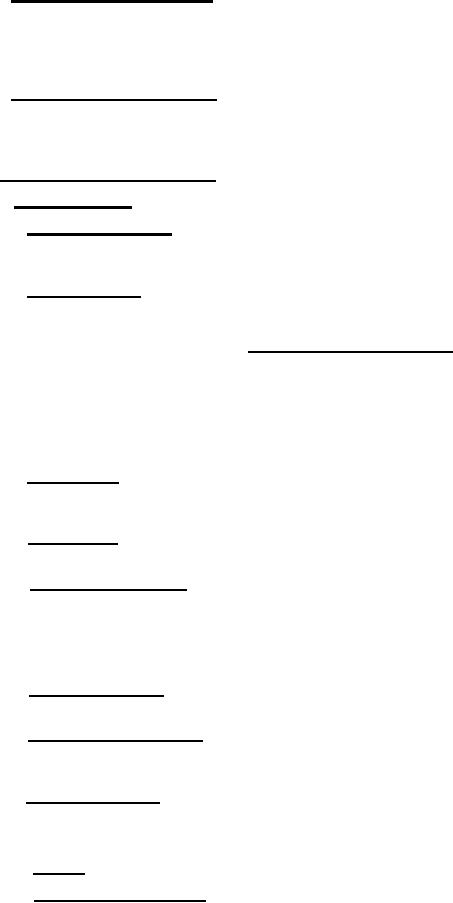 |
|||
|
|
|||
| ||||||||||
|
|  MIL-I-85889(AS)
3.1.2 Phase II - Design Verification. Phase II covers testing of the complete design to establish readiness for
design qualifcaion. This phase includes the manufacture of design verification test samples in accordance with
preliminary fabrication documents. The design shall be evaluated for its ability to tolerate the more severe stimuli
of the igniter's expected life cycle environment Based on Phase II fabrication experience and test results, fabrication
documentation shall be prepared for Phase Ill. This phase shall culminate with a Critical Design Review.
3.1.3 Phase III - Design Qualification. Phase III encompasses manufacture and testing of the final igniter design.
igniters shall be subjected to a full spectrum of environmental, safety and performance tests. Satisfaction of all
requirements shall be demonstrated so that the design can be certified for military use. This phase shall culminate
with a Functional Configuration Audit.
3.2 General designs requirements.
3.2.1 Design features.
3.2.1.1 Safing-arming device. Type I igniters shall have a mechanical safing feature that provides a mechanical
barrier or out-of-line device in the igniter pyrotechnic train during shipping and storage A means for verifying the
safe or armed position, when installed in the rocket motor, shall be provided.
3.2.1.2 Factor of safety. The igniter structural components shall be designed to withstand the maximum_
operating pressure (MEOP see 4.2.25) with a factor of safety (FS) defined by
Computed Strength
FS=
Required Strength at MEOP
for deformation. The deformation criterion shall be that the cumulative effects of plastic, elastic, and thermal
deformations do not adversely affect performance or safety. Igniter factor of safety shall be no less than 1.5. Stress
calculations for the factor of safety shall be based on the maximum design loads, the yield strength of material,
and the minimum material conditions in accordance with MIL-HDBK-5.
3.2.1.3 RF Immunity. The igniter shall incorporate features to preclude initiation by ambient electromagnetic
energy typical of operations in military environments. The igniter shall be designed using the design guidelines
given in OD 30393 to minimize or eliminate hazards of electromagnetic radiation to ordnance (HERO).
3.2.1.4 Igniter leads. The igniter leads shall be designed for connection and disconnection of the electrical
terminals and flexion of the conductor without any damage.
3.2.1.5 Interface compatibility. The igniter shall conform to the mechanical and electrical interface criteria
specified in the acquisition documents (see 6.2.1).
3.2.1.6 Damage prevention. All edges of igniter electrical cable accesses shall be provided with internal fillets,
or rubber, plastic, or fiber protection if they might otherwise damage the cable insulation and electromagnetic
shielding.
3.2.1.7 Circuit redundancy. Unless otherwise specified in the contract (see 62.1), the igniter shall have two
independent firing circuits.
3.2.1.8 Shorting of Ignition leads. The design shall incorporate a means of shorting the leads of the ignition
system when a Type II igniter is in the shipping condition (see 631.1) or when a rocket motor employing a Type
I igniter is in the shipping condition. The shorting device shall be capable of being removal and reinstalled.
3.2.1.9 Electrical insulation. There shall be an electrical insulating barrier between all parts of the firing circuits
in an igniter and its case of at least 1.0 megohm at 500 Vdc for 30 minutes duration, minimum, unless otherwise
specified in the contract (see 6.2.1).
3.2.1.10 Initiator. The initiator used in the igniter shall be designed and qualified in accordance with MIL-I-23659.
3.2.1.11 Maximum no-fire stimulus. The maximum no-fire stimulus of the igniter shall be no less than 1.0 ampere
dc and 1.0 watt for 5 minutes duration.
5
|
|
Privacy Statement - Press Release - Copyright Information. - Contact Us |